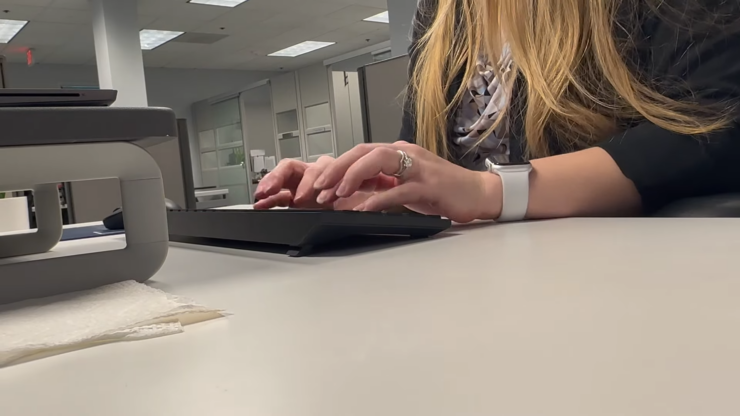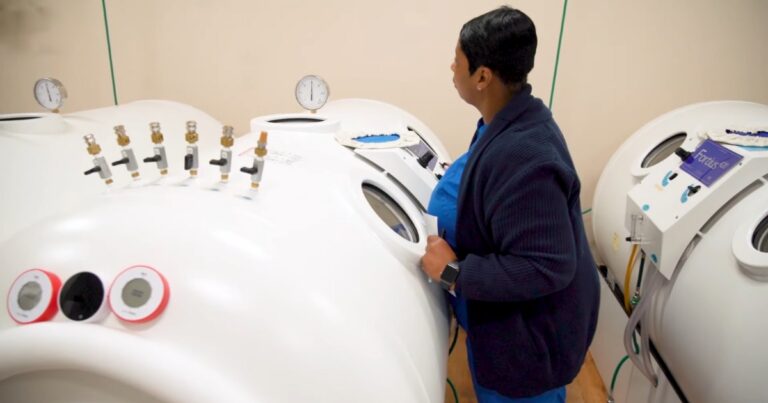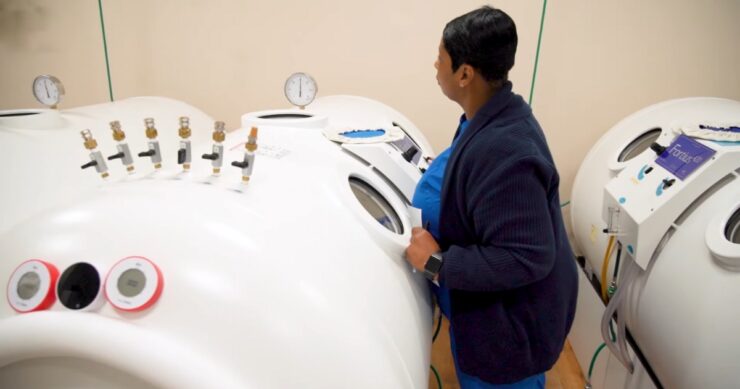In the realm of process streamlining, understanding the distinction between Standard Operating Procedures (SOPs) and Work Instructions is fundamental for achieving operational efficiency.
These two types of documentation play crucial roles in ensuring consistency, quality, and efficiency in the workplace. This article delves into their unique characteristics, applications, and impacts on process optimization.
The Essence of Standard Operating Procedures

Standard Operating Procedures, commonly known as SOPs, serve as the backbone for consistent operation within organizations. Learn more at Lean Community on how those can help your business. They are documented processes that provide a high-level overview of routine operations.
SOPs are typically broader in scope and establish a standard way of performing tasks or processes across an organization. They play a key role in ensuring compliance with industry regulations, maintaining quality control, and enhancing operational efficiency.
SOPs are not just mere documents; they embody the organizational approach to work. They are usually developed through a collaborative process involving various stakeholders. This ensures that the procedures are practical, comprehensible, and applicable to the tasks at hand. By setting clear, organization-wide standards, SOPs minimize variability in performance and outcomes.
Work Instructions: The Step-by-Step Guides
Work Instructions, on the other hand, are more detailed and task-specific guides. They provide step-by-step instructions on how to perform particular tasks. These documents are usually more technical and detailed than SOPs, offering explicit directions to ensure tasks are performed consistently and correctly.
Work Instructions are essential for tasks that require precision and accuracy. They are particularly useful in complex processes where a mistake could lead to significant problems, such as in manufacturing or laboratory settings. These instructions ensure that each step of the process is executed correctly, reducing the risk of errors and enhancing the quality of the end product.
The Interplay for Optimal Efficiency

While SOPs and Work Instructions differ in their scope and level of detail, they are not mutually exclusive. In fact, they complement each other in streamlining processes. SOPs provide the framework and general guidelines, while Work Instructions offer the detailed steps within that framework.
This interplay is crucial in achieving operational efficiency. SOPs set the standard, ensuring that all employees have a clear understanding of the expectations and procedures of the organization. Work Instructions, by providing specific guidance, ensure that these standards are met with precision.
Tailoring to Organizational Needs
The effectiveness of SOPs and Work Instructions depends on how well they are tailored to the needs of the organization. Generic procedures might not be effective in addressing the specific challenges or processes of a particular organization. Therefore, it’s important for organizations to invest time and resources in developing SOPs and Work Instructions that are customized to their unique operational context.
This customization often involves a detailed analysis of the organization’s processes, identifying areas where standardization can improve efficiency and areas where detailed instructions are necessary. It also requires regular updates and revisions to ensure that the documents remain relevant and effective in the face of changing operational realities.
Training and Implementation

The success of SOPs and Work Instructions also hinges on their implementation and the training provided to employees. Employees must be thoroughly trained in understanding and following these documents. This is not just a matter of reading and acknowledging the procedures; it involves practical training to ensure that employees can apply these guidelines effectively in their daily work.
Effective training programs often use a combination of theoretical and practical learning methods. This could include workshops, hands-on sessions, and regular assessments to ensure that the knowledge is not only acquired but also retained and applied.
Continuous Improvement and Adaptation
Finally, a key aspect of using SOPs and Work Instructions effectively is the commitment to continuous improvement. Processes and operations are dynamic; they evolve over time as technologies change, new challenges emerge, and organizations grow. Therefore, SOPs and Work Instructions should not be static documents. They need regular reviews and updates to reflect these changes and improvements.
Organizations should foster a culture of continuous improvement, where employees are encouraged to provide feedback on SOPs and Work Instructions. This feedback is invaluable for identifying areas of improvement and ensuring that the documents remain effective tools for streamlining processes.
Measuring Effectiveness and Impact

Assessing the effectiveness of SOPs and Work Instructions is an integral part of process streamlining. It involves monitoring and evaluating how these documents impact the day-to-day operations.
Effective measurement can be achieved through various metrics, such as the time taken to complete tasks, error rates, and employee feedback. By analyzing these metrics, organizations can gauge the practical impact of their SOPs and Work Instructions on operational efficiency and quality.
The analysis of these metrics also provides insights into areas where the procedures may need refinement. It’s a proactive approach to ensure that the documents are not just followed, but are also contributing positively to the organization’s goals. Regular audits and reviews of processes against the set SOPs and Work Instructions can also help in identifying gaps and areas for improvement.
Balancing Flexibility with Standardization
One of the challenges in implementing SOPs and Work Instructions is finding the right balance between standardization and flexibility. While standardization is key to achieving consistency and efficiency, too much rigidity can stifle innovation and adaptability.
Organizations need to strike a balance where procedures are standardized enough to ensure consistency, but also flexible enough to accommodate unique situations and continuous improvement.
This balance can be achieved by allowing for some level of discretion in the application of Work Instructions, especially in situations that are not routine. Employees should be empowered to make decisions based on their professional judgment, especially when strictly following the set instructions might not be the most efficient or effective course of action.
Integrating Technology for Enhanced Efficiency

In today’s digital age, the integration of technology in managing SOPs and Work Instructions is becoming increasingly important. Digital platforms and software solutions can enhance the accessibility, distribution, and management of these documents. They can also provide tools for tracking compliance, facilitating training, and updating procedures.
Technological integration can lead to greater efficiency in several ways. For example, digital SOPs and Work Instructions can be easily updated and distributed, ensuring that all employees have access to the latest procedures. Additionally, digital platforms can offer interactive features that make the documents more engaging and easier to understand.
End Note
In conclusion, SOPs and Work Instructions are more than just documents; they are vital tools in the quest for operational excellence. Their effectiveness lies not only in their content but also in how they are implemented, integrated with technology, and supported by the organizational culture.
When effectively utilized, these tools can lead to significant improvements in efficiency, quality, and consistency.











